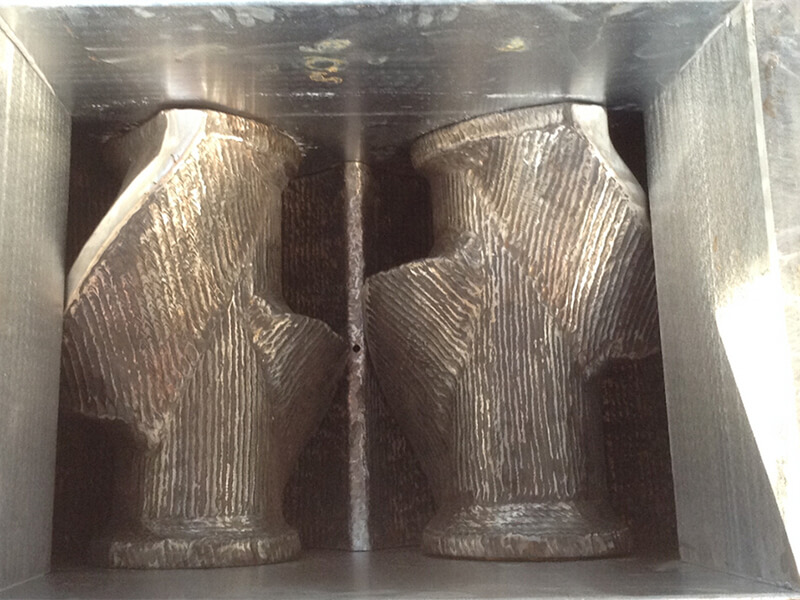
Rubber mixing is the most energy-intensive process in rubber factories. Due to the high efficiency and mechanization of the mixer, it is the most widely used and most common rubber mixing equipment in the rubber industry. How does the mixer mix rubber products?
Below we look at the mixer mixing process from the power curve:
Mixer mixing process
Mixing a compound with a mixer (referring to a section of mixing) can be divided into 4 stages.
1. Inject plastic rubber and small materials;
2. Add large materials in batches (generally added in two batches, the first batch is partial reinforcement and filler; the second batch is the remaining reinforcement, filler and softener);
3. Further refining, mixing, and dispersing;
4, discharge, but in accordance with this traditional operation, it is necessary to take multiple batches of dosing, the upper top bolt lifting and feeding port opening and closing frequently, the program conversion is also more, resulting in long equipment idle time.
The two segments 1 and 2 as shown in the figure account for about 60% of the entire cycle. During this time, the equipment is running at low load and the effective utilization rate is always at a low level.
It has been waiting for the second batch of materials to be added, the mixer is actually transferred to full-load operation, which is reflected in the following figure from the beginning of 3, the power curve begins to rise suddenly, and only begins to decline after a period of time.
It can be seen from the figure that before the other half of the reinforcing and filling agent is put into use, although the whole cycle is occupied for more than half of the time, the filling factor of the mixing chamber is not high, but the equipment utilization rate of the internal mixer is not ideal, but it is occupied. The machine and time. A considerable part of the time was occupied by the lifting of the top bolt and the opening and closing of the feeding port as auxiliary time. This must lead to the following three situations:
First, the cycle lasts for a long time
Since a considerable part of the time is at low load operation, the utilization rate of the equipment is low. Usually, the mixing period of the 20 rpm internal mixer is 10 to 12 minutes, and the specific execution depends on the skill of the operator.
Second, the temperature of the rubber compound and the Mooney viscosity fluctuate greatly.
Since the cycle control is not based on a uniform viscosity, but is based on a preset time or temperature, the fluctuation between the batch and the batch is large.
Third, the difference in energy consumption between materials and materials is large.
It can be seen that the traditional mixer mixing lacks uniform and reliable program control standards, resulting in large difference in performance between batch and batch, and energy waste.
If you do not pay attention to the process control of the mixer, master the energy consumption of each step and stage of the rubber mixing cycle, it will waste a lot of energy. The result is long mixing cycle, low mixing efficiency and high fluctuation of rubber quality. . Therefore, for a rubber factory using an internal mixer, how to reduce the energy consumption is a common task under the premise of ensuring the quality of the mixing. Accurately judge and control the end of the mixing cycle to avoid the occurrence of “under-refining” and “over-refining
Post time: Jan-02-2020






